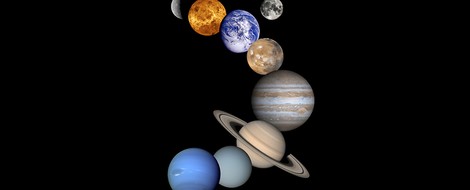Your podcast discovery platform
Curious minds select the most fascinating podcasts from around the world. Discover hand-piqd audio recommendations on your favorite topics.

piqer for: Global finds Technology and society Health and Sanity
Nechama Brodie is a South African journalist and researcher. She is the author of six books, including two critically acclaimed urban histories of Johannesburg and Cape Town. She works as the head of training and research at TRI Facts, part of independent fact-checking organisation Africa Check, and is completing a PhD in data methodology and media studies at the University of the Witwatersrand.
Why Are Planets Round? (NASA Has A Great Answer — With Infographics!)
As an ever-curious person, I'm always amazed at the never-ending litany of seemingly small details about my universe that I know but can't easily explain. Exactly how toilets flush is a good example (I had to Google it, with diagrams and eventually watch a video).
Another one is: why are planets round, and not any other shape? Here NASA comes to the rescue with a brilliant kids' answer and infographic page that is highly recommended for grown-ups, and which explains the physics of why planetary masses become spheres. The simple answer is gravity, because the force of gravity pulls equally between the outer edges and the centre. Gravity also plays a key role in forming a planet itself and establishing its orbit around a sun!
The NASA page (kind of like a portal to all sorts of other cool information) also explains which planets in our solar system are less-perfect spheres than others, and why this happens — the so-called 'equatorial bulge' (where planets are thicker in the centre) that comes from the rate at which the planet spins.
